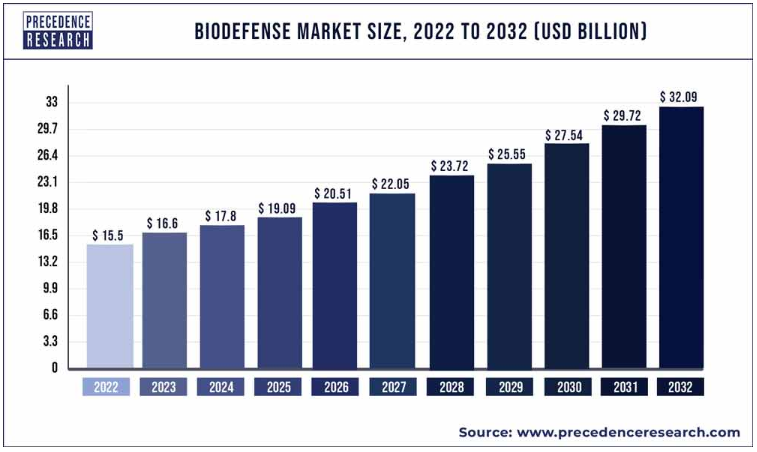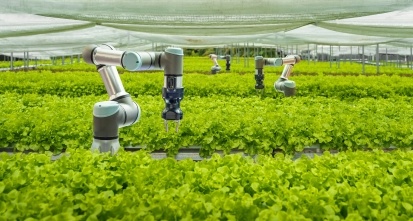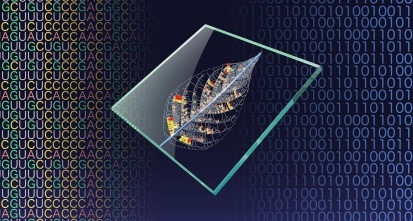Gain new perspectives for faster progress directly to your inbox.

Bioterrorism in the age of artificial intelligence (AI): A double-edged sword
While bioweapon use has historically been rare, recent breakthroughs in cognitive tools have unlocked a new era, elevating bioterrorism into an imminent threat. Simplifying the development of new biological agents, the growing accessibility of AI combined with reduced bioengineering costs enables malevolent organizations to engineer bioweapons at an unprecedented pace.
To stay ahead of emerging biothreats, defense agencies worldwide must embrace data-driven technologies and harness their transformative power to craft proactive and collaborative biodefense strategies to ensure global security.
Exponential growth of the global biodefense market
While already reaching USD $16.8 billion in 2023, experts forecasted the global biodefense market to expand to USD $28.0 billion by 2032 in response to rising biological threats and escalating public concerns. The increase in funding shows a worldwide effort to shield the public from biological threats.

Increased investment in AI for enhanced defense capabilities
Parallel to the market's recent growth, defense agencies worldwide have significantly boosted investments in cognitive technologies. For 2024, the U.S. Department of Defense has requested $1.8 billion for AI-specific research, more than doubling its funding from 2023. More recently, the European Defense Fund allocated €1.2 billion to defense collaborative research and development projects integrating AI systems. This consistent global trend highlights the growing role of data-driven technologies in strengthening defense tactics.
The rise of cognitive tools in pathogen research: The foundation of advanced biothreat preparedness
By rapidly analyzing large datasets of genetic sequences, trained AI and machine-learning algorithms can identify dangerous constructs, track viral variants, and better apprehend transmission patterns. This growing reliance on cognitive technologies in researching pathogens enhances our understanding of biological agents, which is crucial for improved bio-detection strategies.
Annual trend in AI-related pathogen research publications
2000-2023

AI-enhanced bio-surveillance is rapidly growing
With over 1.2 million identified pathogen strains globally and more secretly engineered, identifying and tracking potential biothreats before they strike poses a significant challenge to defense agencies. Recently, AI-assisted bio-surveillance has become a pivotal trend in detecting biothreats, facilitating real-time global data collection to identify suspicious patterns quickly.
Looking ahead
As cognitive technologies become more ingrained in global defense mechanisms, collaborative efforts and investments in AI R&D are set to redefine biothreat detection preparedness. While these technologies support enhanced strategies against bioterrorism, integrating cognitive tools into existing defense frameworks must remain a top priority to ensure optimal and secure use against biothreats.
Learn more about CAS Custom Services℠ for CBRNE threat mitigation



